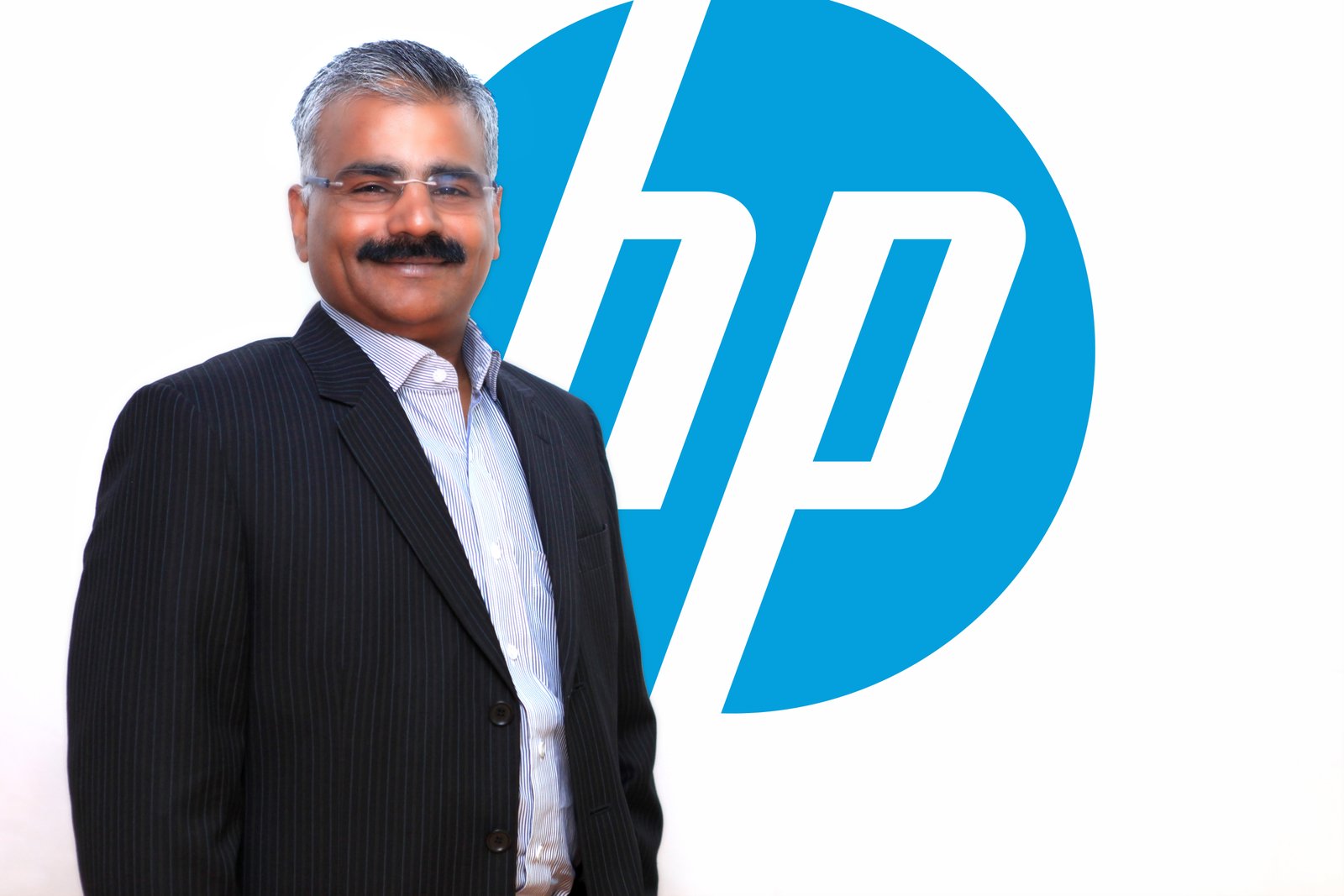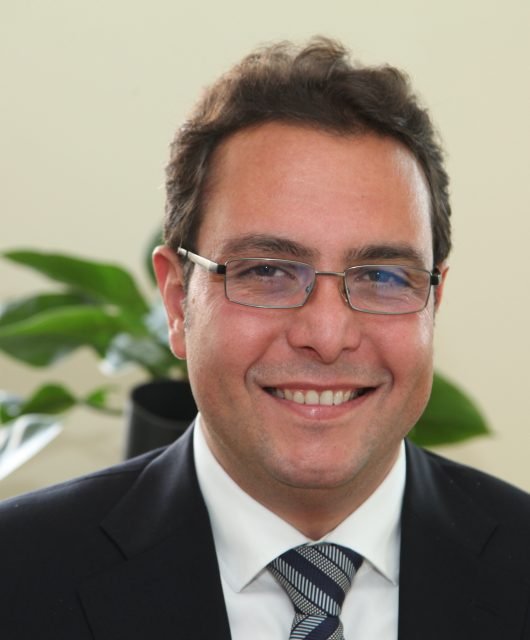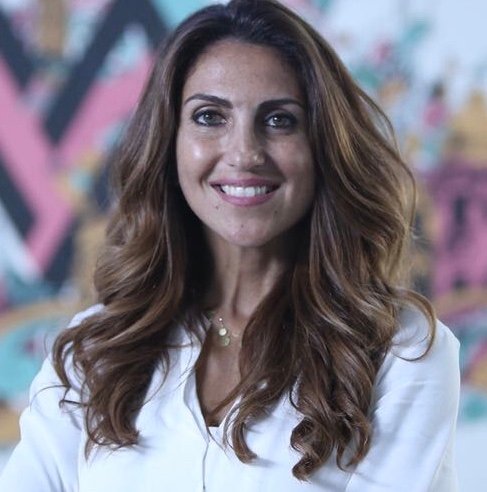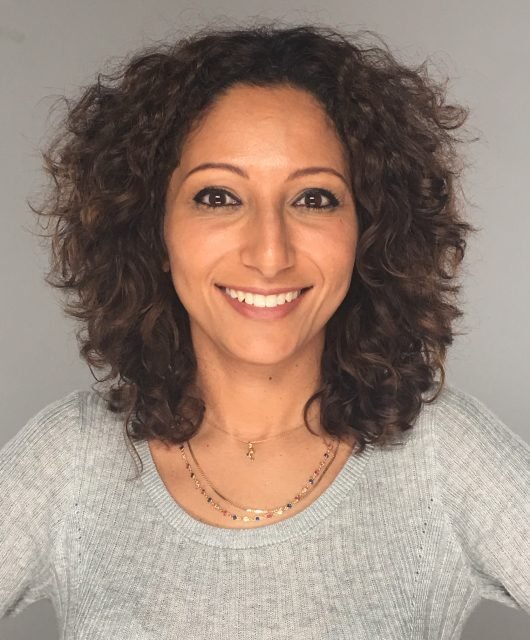Building Creative Brands In The Digital Age: Q&A With BBH’s Adam Arnold
Brands of today need to group their efforts on delivering the best ‘return on creativity’ to fuel their performance. It’s impossible for a brand to rise above the noise without creative strategies to help them shine. The current renaissance of technology has created huge challenges for brands, but they have also created a playground for creativity. In a Middle East-first, the berries interviewed Adam Arnold, Global CMO of BBH, to discuss his thoughts on the current state of global creativity and how can brands leverage it.
BB: BBH has been nurturing global brands with creativity for more than 35 years now. In your opinion, what defines “Creativity”?
 AA: Creativity is humanity’s best tool to solve big problems. It is the way we make leaps that otherwise could not be made though due process and ‘business as usual’. It is when the right brain beats the left brain to the answer. It is the difference between good and great ideas.
AA: Creativity is humanity’s best tool to solve big problems. It is the way we make leaps that otherwise could not be made though due process and ‘business as usual’. It is when the right brain beats the left brain to the answer. It is the difference between good and great ideas.
BB: In the era we live in, everything is moving with the speed of light, brands are constantly in a battle to find and unlock creative potential. How should brands view “creativity”? When can creativity be a real brand differentiator?’
AA: Creativity is a brand differentiator when it creates clear space from the competition in which a brand can grow. Staying within a category and its established codes will mean you compete for the same customers in the same way. It is a lottery at best, and a slow death at worse in todays accelerated market conditions. Brands have to stand out. They have to cut through. They have to shun the established way of positioning themselves. They have to challenge category codes. We have a tried and tested saying at BBH, “When the world zigs, zag”.
BB: Pairing creativity with data will lead to unique and unforgettable brand experiences. In the information age we are living in, how can brands connect the dots between data and creativity?
AA: Data has to be used in two phases of the creative development process. Firstly – right upfront. It needs to inform the creative brief and what we know about our target consumers. And secondly it needs to be used right at the end – to track the performance and effectiveness of the campaign in market. And in turn, that data informs the next new brief, and do so on. If this is followed, then data can infuse creativity without stifling it.
BB: Does creativity, alone, sell? Do you believe in the correlation between outstanding creative success and commercial success?
AA: Yes, we do. We never separate the work from the numbers. Advertising creativity serves a commercial purpose, just as artists have always had patrons. The Sistine Chapel ceiling wasn’t painted for free or for no reason. Our creativity is deployed to change behaviours, create awareness, generate loyalty, justify price premiums, cross-sell products – you name it. What is important is being honest about these goals. And checking that the creative work achieves them. Without that, we are simply painting pointless pictures in the dark.
BB: The rise of the digital age has revamped how brands are leveraging creativity to drive brand growth, making the audience more intrigued. How can brands use such trends to drive sales?
AA: The internet, and most latterly the fourth industrial revolution, has changed the way we live our lives on planet Earth beyond all recognition. If advertising is to talk to people it must understand the way in which our days and nights have changed – and fit in naturally. The age of interruption is dead. Brands can’t simply shout for attention. They gave to either entertain or offer genuine utility to potential customers. Is your campaign engaging and useful? Is it good enough to be enjoyed rather than endured? These tough questions have to be asked at the outset, or else time, effort and money will be wasted.
BB: Creativity is a way of thinking not a department and every endeavor can be improved by creative thinking. Consequently, believing that creativity resides in the creative department of ad agencies and that media people, data people or CRM people can’t be creative, is questionable. Please comment
AA: I wholehearted concur with your statement. We see all of BBH and every one of our talents as part of the creative development process. We are all engaged in the same purpose together. If an agency remains in silos, or if it has ‘hierarchy’ of its brains – then it is simply locking up its own potential. We have another saying here, “None of us is as good as all of us”. And that is how approach every task together.
BB: How do you see creativity in the Middle East?
AA: Many of our global campaigns have run in the Middle East, but we have not created many local campaigns in the region in our history. As such, I don’t want to make any unqualified grand statements. We are very fast learners though – so do call us if you want our approach to creativity unleashed on your brand ; )





